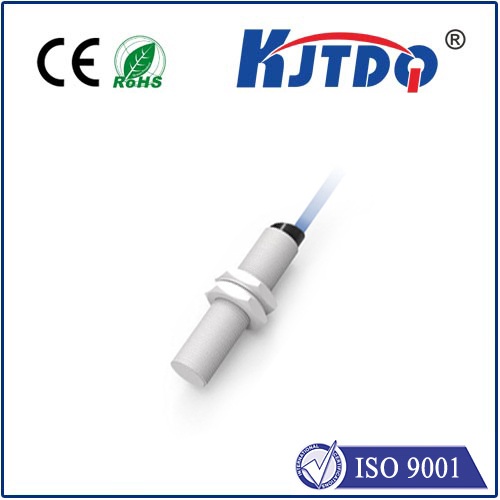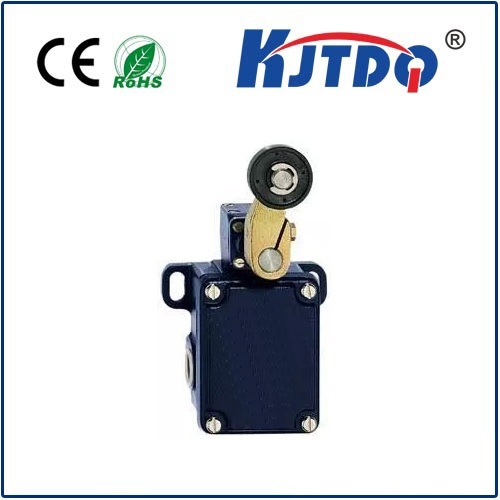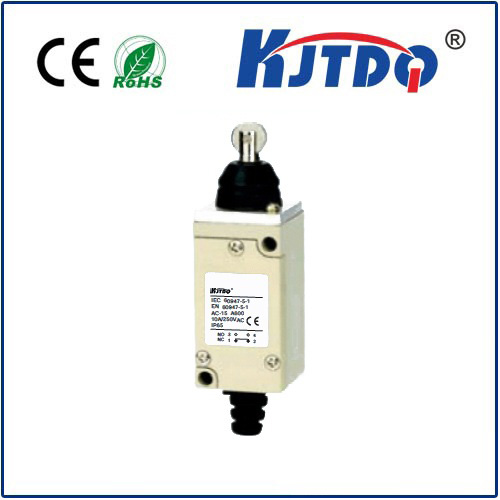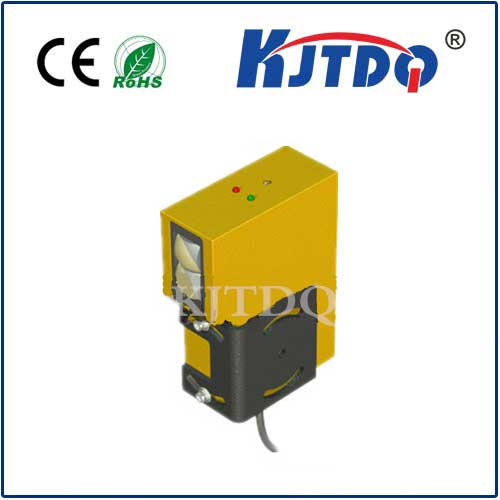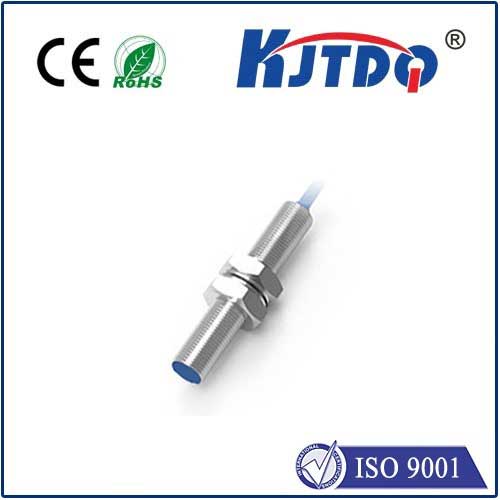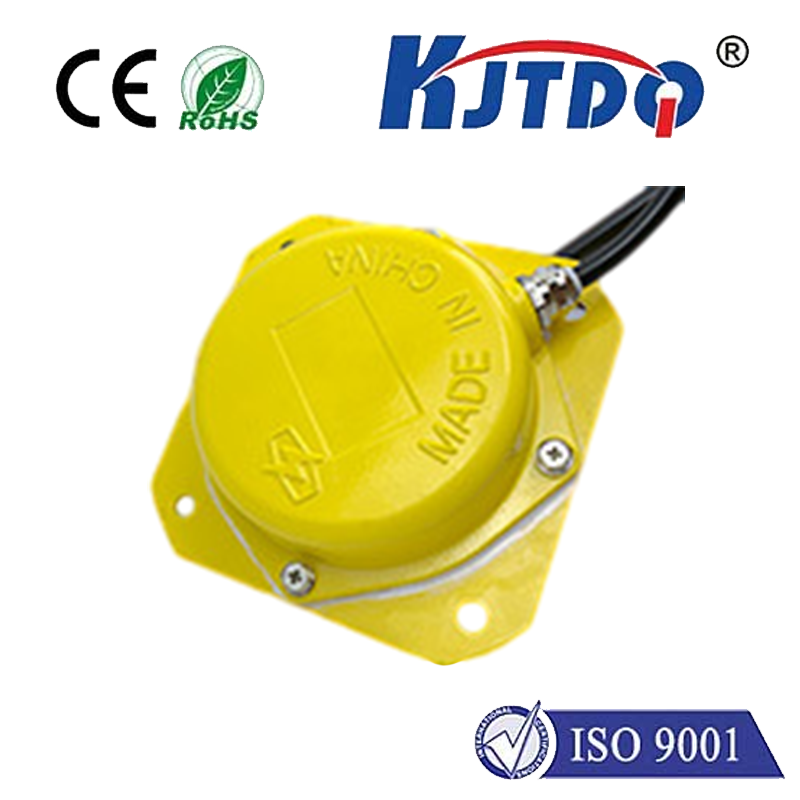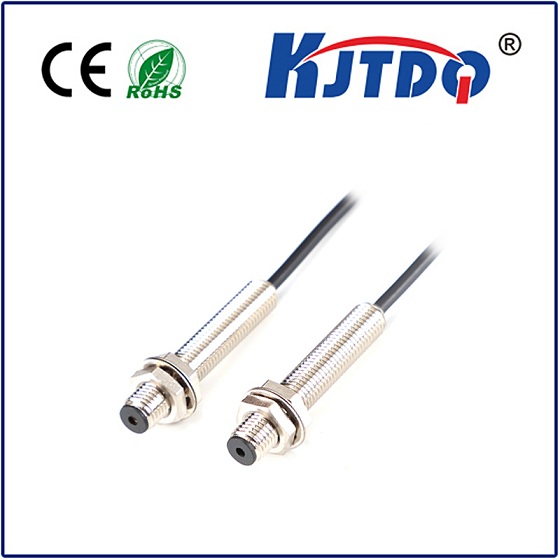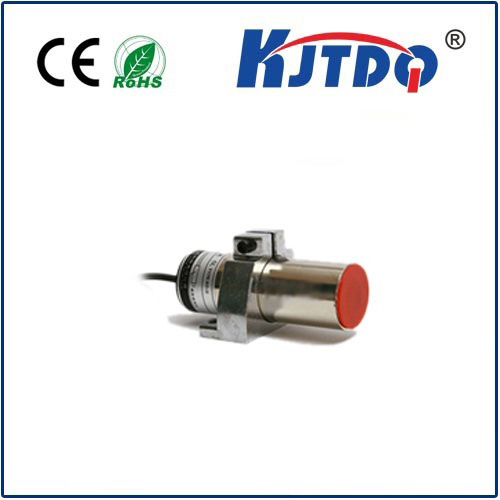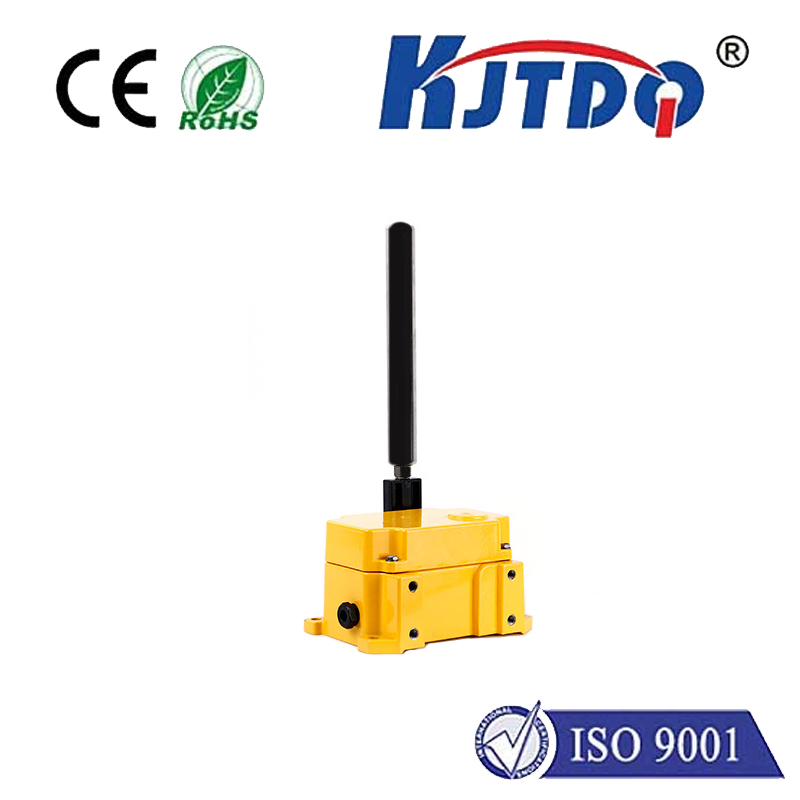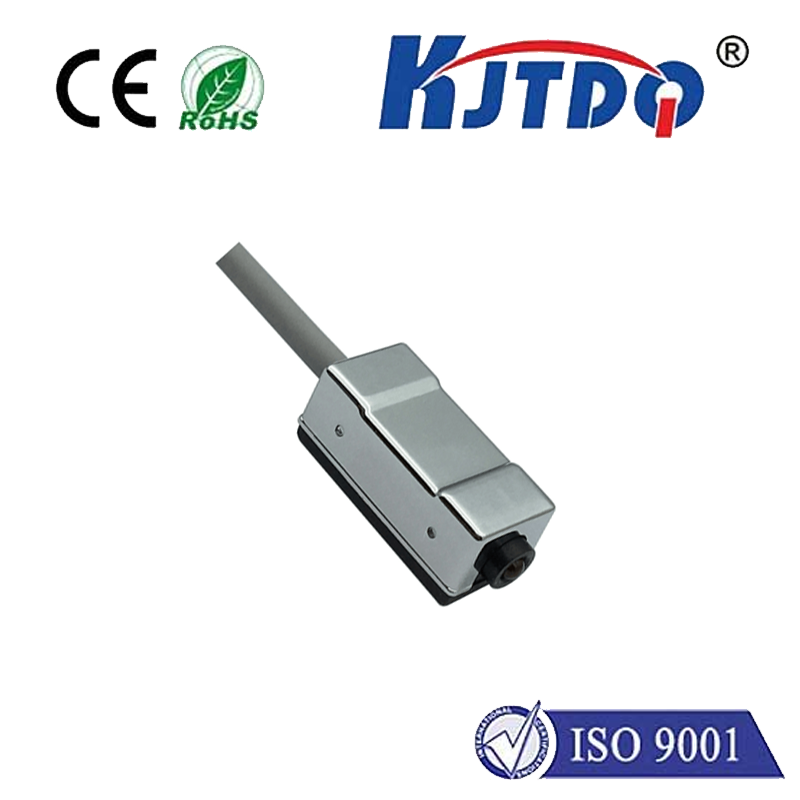

check

check

check

check
Ever watched a production line seamlessly handle plastic bottles, cardboard boxes, or even liquids, wondering how machines “know” these non-metallic items are present without touching them? The answer lies in a category of industrial automation heroes: non metallic proximity sensors. These silent sentinels operate beyond the limitations of their metallic-target-focused cousins, enabling detection critical for countless modern manufacturing and processing applications. Understanding their function, types, and advantages is key to unlocking greater efficiency, versatility, and hygiene across diverse industries.
Unlike the widely known inductive proximity sensors that rely on electromagnetic fields disturbed only by metallic objects, non metallic proximity sensors are engineered to detect a vast array of materials. This includes plastics, wood, paper, cardboard, glass, ceramics, liquids, powders, and even granular substances. Their core purpose remains the same: to confirm the presence, absence, or position of an object without physical contact, providing vital feedback to control systems.
Capacitive sensing dominates the non metallic detection landscape. These sensors function by generating an electrostatic field. When any object (regardless of material, though effectiveness varies) enters this field, it alters the sensor’s capacitance – essentially its ability to store electrical charge. This measurable change triggers the sensor’s output switch. The key advantage of capacitive sensors is their remarkable versatility; they can detect almost any material, provided it has a different dielectric constant than air. This makes them indispensable for:

Another important player is the high-frequency (RF) oscillation proximity sensor. These emit radio waves and detect the damping effect caused by any object (metallic or non-metallic) entering their field. They typically offer a longer sensing range compared to capacitive sensors and are excellent for detecting bulk materials like wood chips, paper stacks, or even detecting objects through thin non-metallic walls. Their robustness in dusty or slightly humid environments is another significant benefit.
Choosing the right non metallic proximity sensor requires careful consideration:
The advantages of implementing non metallic proximity sensors are compelling:
In contrast to their inductive counterparts, non metallic proximity sensors open doors that would otherwise remain closed. They are not just alternatives; they solve fundamentally different detection challenges inherent to modern manufacturing and processing lines.
| Feature | Inductive Proximity Sensor | Capacitive Proximity Sensor | RF Oscillation Proximity Sensor |
|---|---|---|---|
| Primary Detection | Metallic objects only | All materials (liquids, plastics, powders, etc.) | All materials (especially bulk solids) |
| Operating Principle | Electromagnetic field disturbance | Electrostatic field disturbance | Radio frequency wave damping |
| Max Sensing Range | Medium | Short | Long |
| Ideal Environments | Mechanical areas | Wet/damp areas, food processing | Dusty environments, bulk material handling |
| Key Application | Metal part presence | Liquid level, plastic detection | Stack height, wood chip detection |
Implementing these sensors effectively demands attention to detail. Factors like the target’s size, composition (dielectric constant), environmental conditions (humidity, temperature fluctuations, product build-up), and required switching frequency all influence performance. Proper calibration and sensitivity adjustment are crucial, especially for capacitive sensors detecting subtle changes like low levels of liquid or thin packaging films. Regular preventative maintenance checks help prevent downtime caused by contamination obscuring the sensing face. The growing integration of smart sensor technologies, particularly IO-Link, enhances troubleshooting and fine-tuning capabilities remotely, boosting overall operational efficiency.
From ensuring your soda bottle is filled correctly to guaranteeing the cereal box is sealed, from controlling paper flow in printing to safeguarding chemical levels in processing plants, non metallic proximity sensors are the unseen workhorses. They provide the essential eyes for automation systems dealing with the vast world of materials beyond metal. Selecting the optimal technology – be it capacitive or RF – and deploying it strategically unlocks significant gains in productivity, quality control, and safety, solidifying their role as indispensable components in the intricate machinery of modern industry. Their ability to operate reliably in demanding conditions, all while maintaining strict hygiene standards, makes them not just useful, but often mission-critical.
